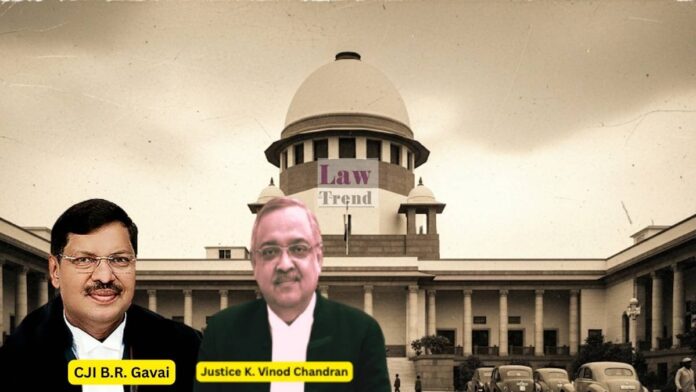The Supreme Court of India on Tuesday directed the immediate release of a life convict, Anilkumar @ Lapetu Ramshakal Sharma, after he had served nearly 22 years in prison. A bench comprising Justices B. R. Gavai and K. Vinod Chandran allowed the appellant’s plea for premature release, ruling that his crime, a murder motivated by
To Read More Please Subscribe to VIP Membership for Unlimited Access to All the Articles, Download Available Copies of Judgments/Order, Acess to Central/State Bare Acts, Advertisement Free Content, Access to More than 4000 Legal Drafts( Readymade Editable Formats of Suits, Petitions, Writs, Legal Notices, Divorce Petitions, 138 Notices, Bail Applications etc.) in Hindi and English.







